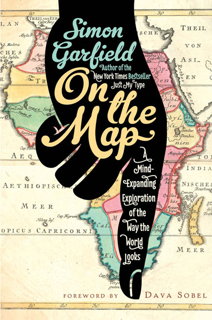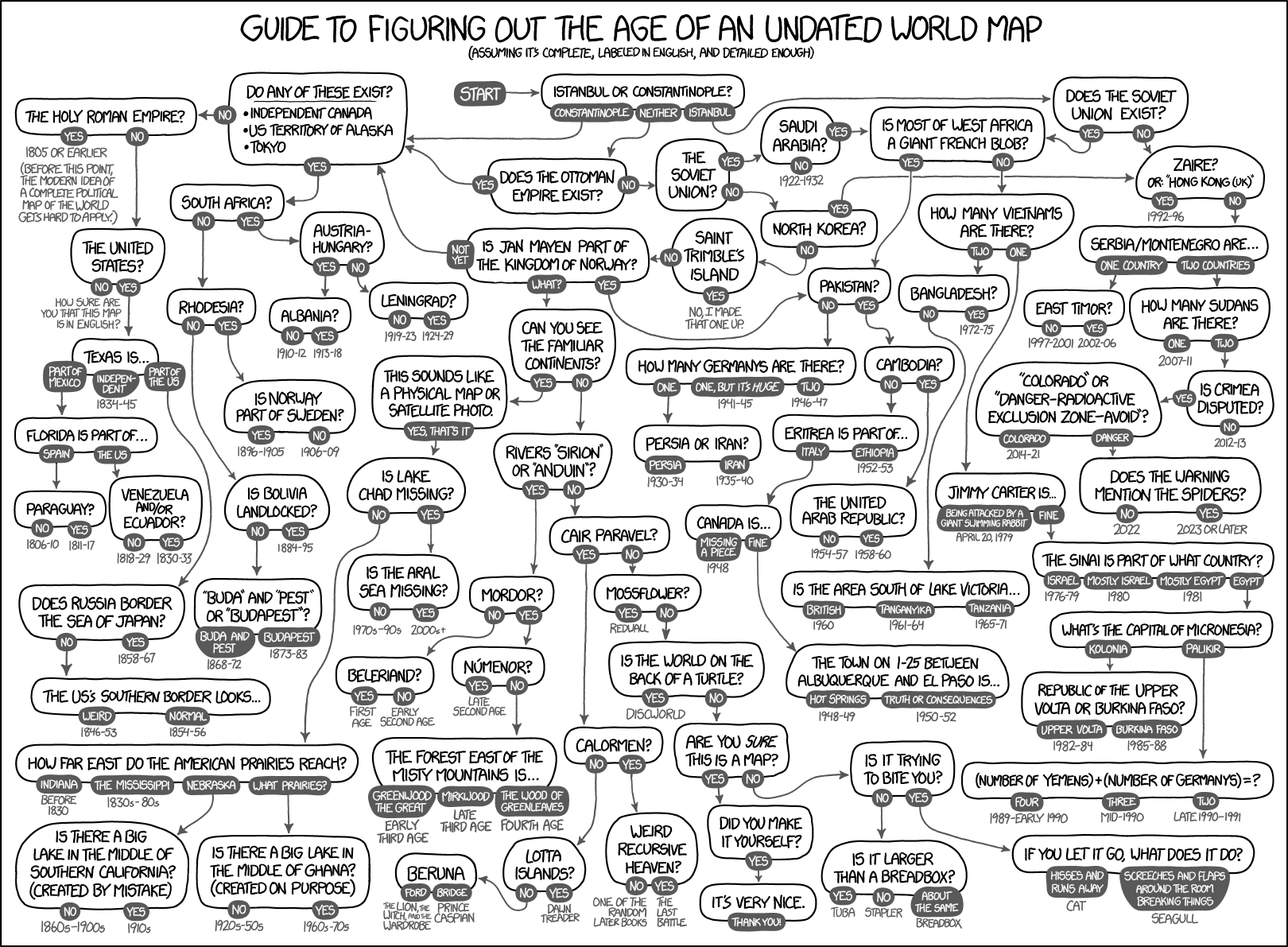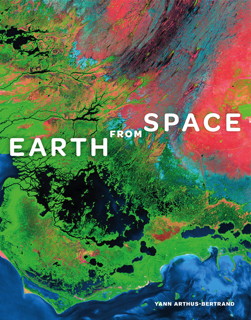 Via a post by Mark Ovenden on Facebook, I learn about a new book by Simon Garfield, On the Map, which from the description sounds like a book in the vein of Mike Parker’s Map Addict and Ken Jennings’s Maphead.
Via a post by Mark Ovenden on Facebook, I learn about a new book by Simon Garfield, On the Map, which from the description sounds like a book in the vein of Mike Parker’s Map Addict and Ken Jennings’s Maphead.
From the British publisher’s description: “From the early sketches of philosophers and explorers through to Google Maps and beyond, Simon Garfield examines how maps both relate and realign our history. His compelling narratives range from the quest to create the perfect globe to the challenges of mapping Africa and Antarctica, from spellbinding treasure maps to the naming of America, from Ordnance Survey to the mapping of Monopoly and Skyrim, and from rare map dealers to cartographic frauds. En route, there are ‘pocket map’ tales on dragons and undergrounds, a nineteenth century murder map, the research conducted on the different ways that men and women approach a map, and an explanation of the curious long-term cartographic role played by animals.”
It’s out next month in Britain; the U.S. edition will be out at the end of December.
Buy at Amazon | author’s page | publisher (UK) | publisher (USA)










